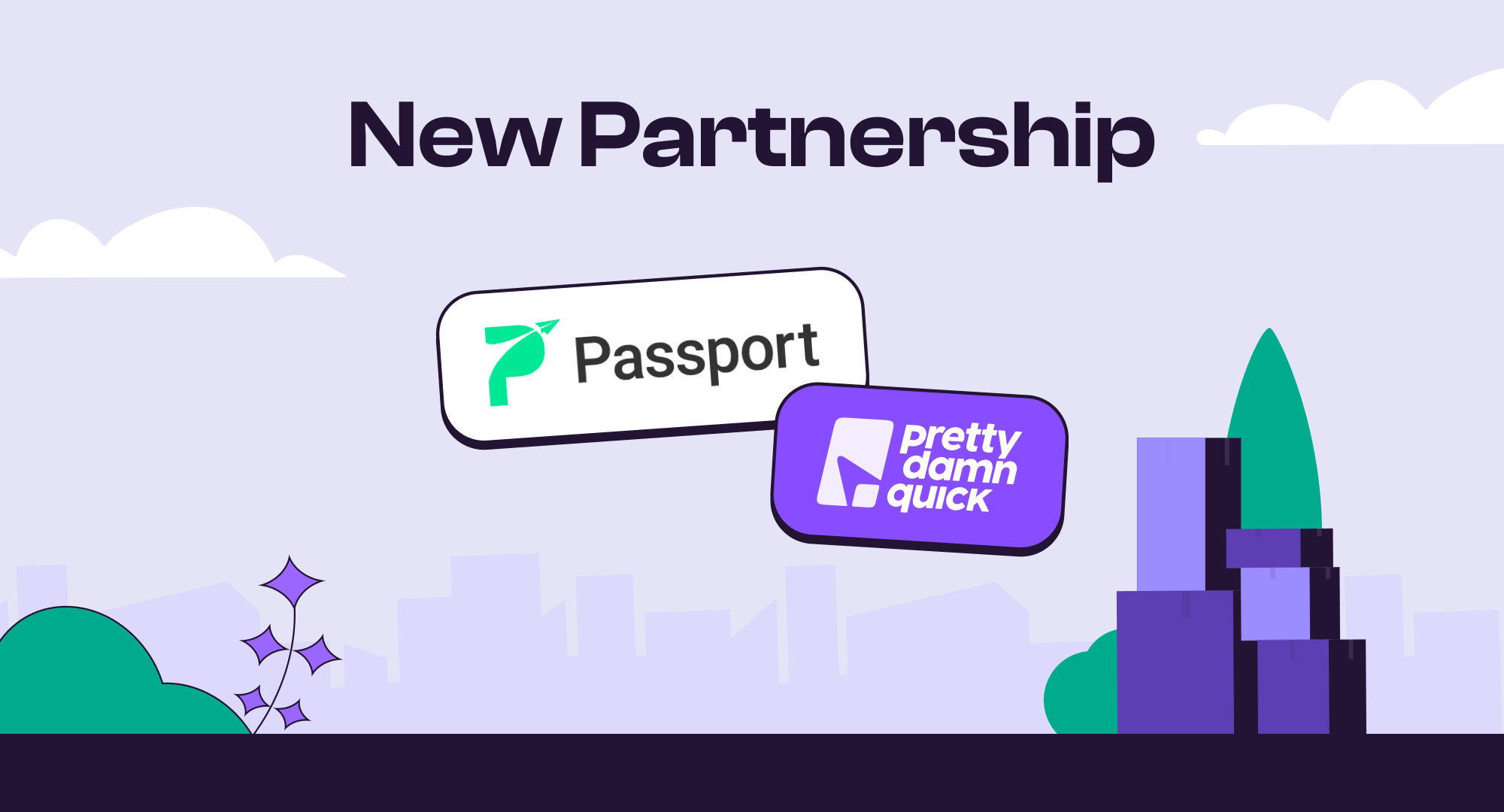Boosting Revenue through Checkout Segmentation:
A Must-For Shopify Brands
In today's digital shopping era, e-commerce competition is fiercer than ever. Shopify brands are constantly seeking innovative strategies to differentiate themselves and increase revenue. One of the most effective yet underutilized tactics is checkout segmentation. This article explores how Shopify brands can leverage checkout segmentation to significantly enhance their earnings.
Understanding Checkout Segmentation
Checkout segmentation refers to the process of dividing customers into distinct groups based on their purchasing behavior, geographic locations, order values, and other demographic factors during the checkout process. This strategy allows brands to offer tailored experiences and promotions that directly address the specific needs or preferences of different customer segments.
Reasons Shopify Brands Need Checkout Segmentation
1. Increased Conversion Rates
One of the most compelling reasons to implement checkout segmentation is to boost conversion rates. By understanding the unique characteristics of each segment, brands can customize checkout processes. For example, offering a simplified checkout process to a segment identified as 'high cart abandonment rate' can directly tackle this issue, leading to higher completion rates.
2. Enhanced Customer Experience
Customer expectations are ever-rising, and personalization is at the heart of contemporary e-commerce success. Checkout segmentation allows brands to provide personalized experiences that resonate well with their customers. Whether it’s offering local payment methods to international buyers or suggesting quick checkout options for returning customers, these personalized touches can significantly enhance customer satisfaction and loyalty.
3. Optimized Pricing Strategies
Different customer segments can have varying sensitivities to price. Through effective segmentation, brands can offer dynamic pricing, discounts, or even exclusive offers to particular segments. For instance, VIP customers might receive special discounts which incentivizes them to continue shopping, while new customers might get a welcome offer, encouraging them to complete their first purchase.
4. Improved A/B Testing
Checkout segmentation enriches the A/B testing process by allowing brands to run targeted experiments within specific customer groups. This approach not only yields more relevant data but also helps in fine-tuning the checkout experience based on solid, segment-specific insights rather than generic conclusions.
5. Better Inventory and Logistics Management
When brands understand the buying patterns and preferences of different segments, they can better manage their inventory and logistics. For example, if one segment predominantly purchases heavy products that impact shipping costs, brands could adjust their inventory distribution or negotiate better shipping terms specifically for those products.

Implementing Checkout Segmentation in Shopify
Implementing checkout segmentation on Shopify involves a mix of analytical tools and customization options. Brands should start by:
- Analyzing Customer Data: Utilize Shopify’s analytics tools or integrate third-party solutions to gather and analyze customer data.
- Creating Customer Segments: Identify meaningful segments based on the analyzed data. Common criteria include geographic location, shopping behavior, and customer lifetime value.
- Customizing the Checkout Experience: Use Shopify’s script editor or third-party apps to customize the checkout experience for each segment. This could include different payment options, promotional codes, or even customized messages.
- Monitoring and Optimizing: Continuously monitor the performance of different segments and make adjustments to optimize the results.
To conclude
For Shopify brands looking to thrive in a competitive market, checkout segmentation offers a strategic advantage by aligning the checkout experience with varied customer needs. It not only helps in maximizing conversions and revenue but also enhances customer satisfaction, loyalty, and retention. In the pursuit of personalized commerce, checkout segmentation is not just an option; it's a necessity.
Incorporating a checkout segmentation strategy can revitalize a Shopify store’s approach to customer interaction, ensuring a more focused and successful business model geared towards sustained growth.












